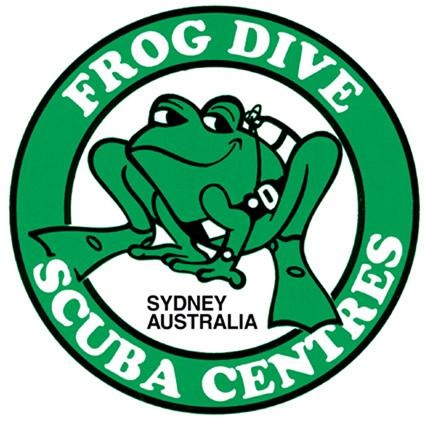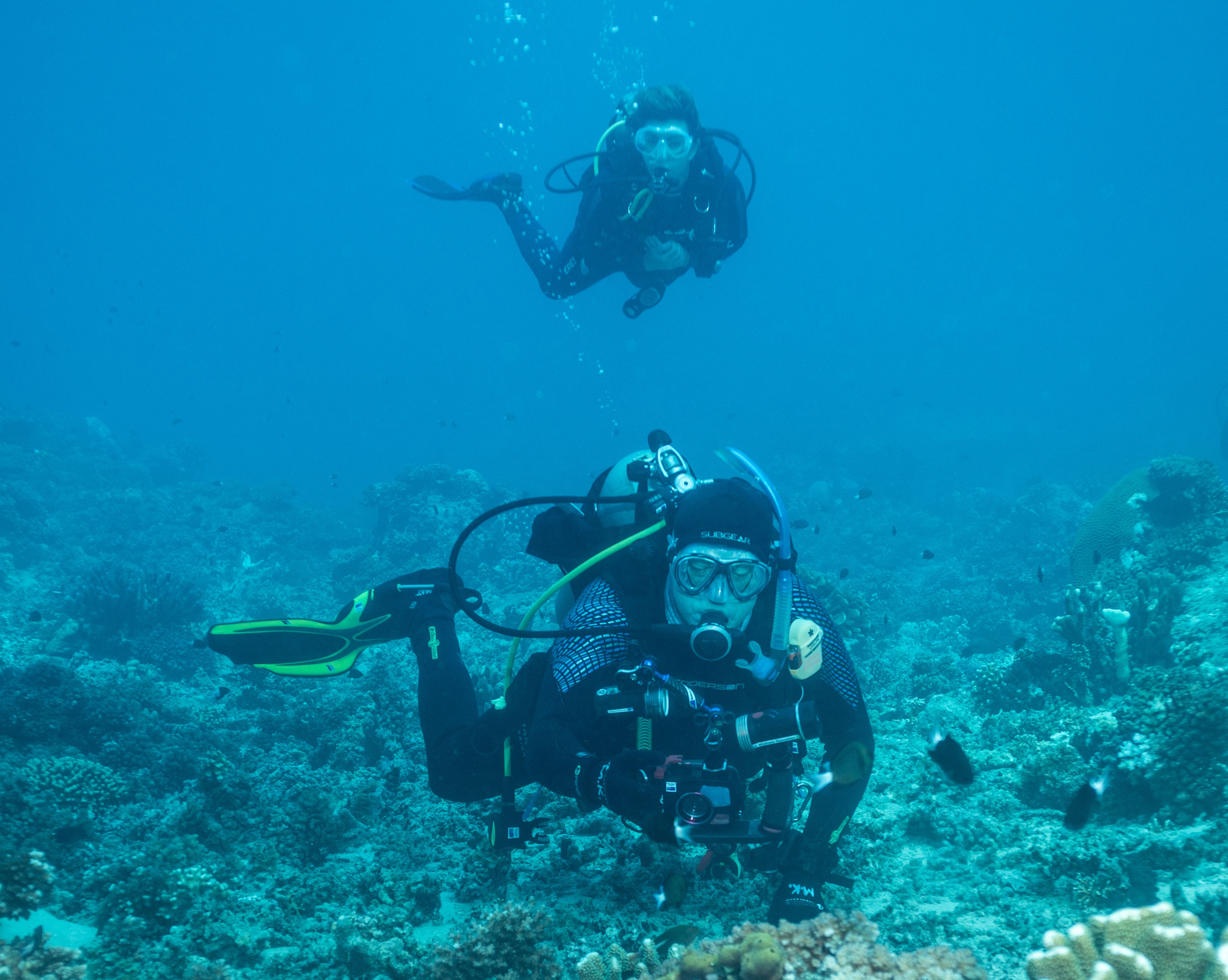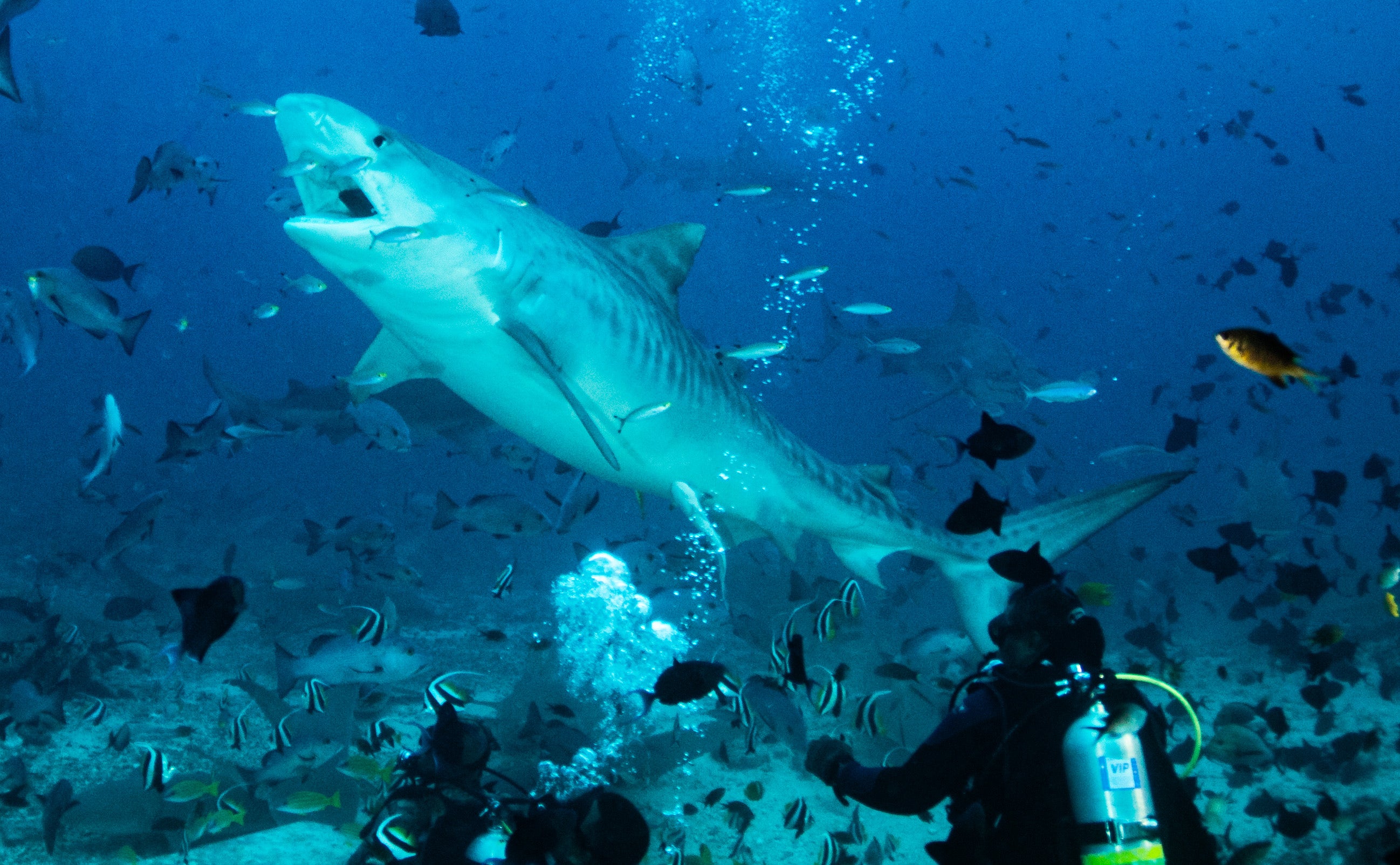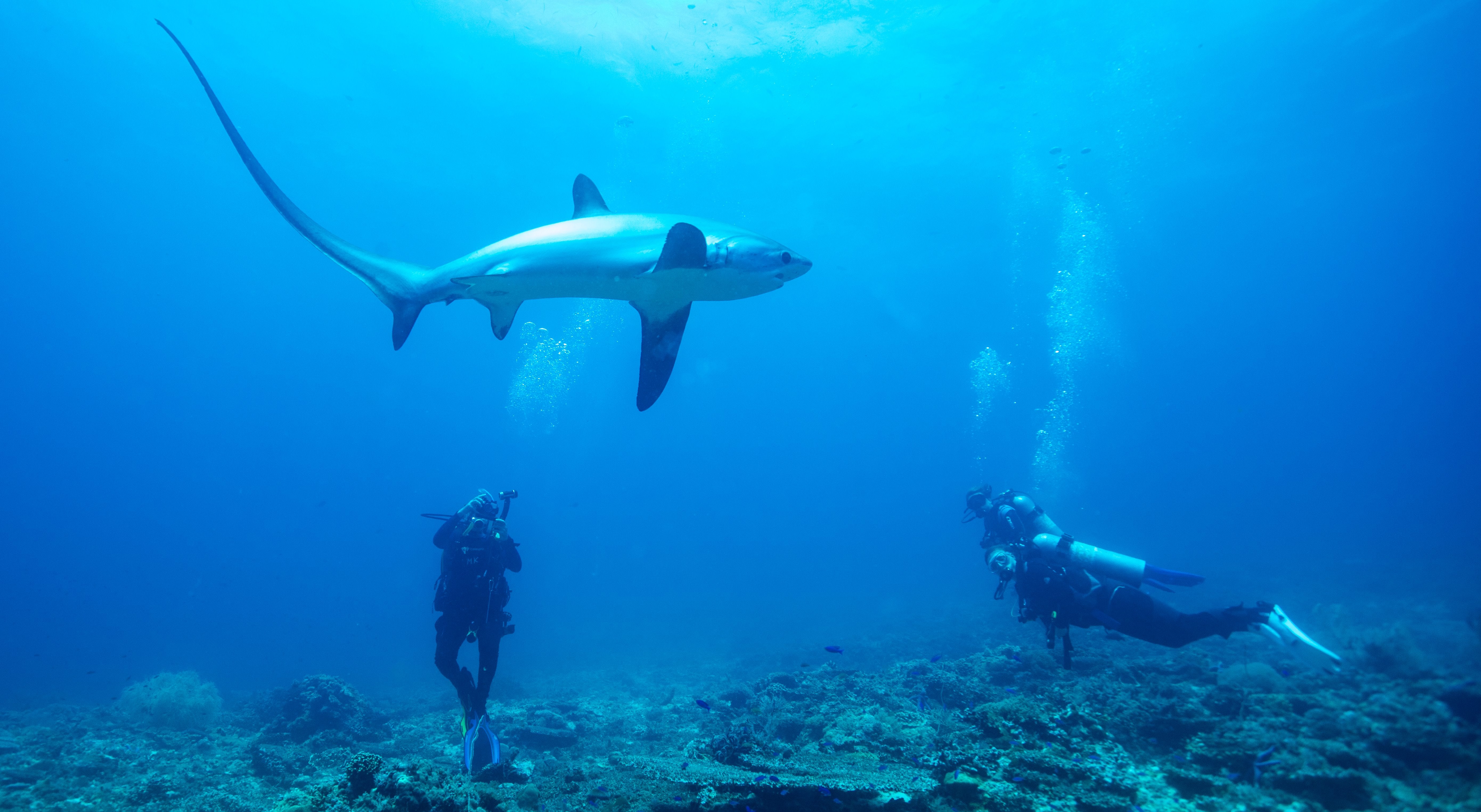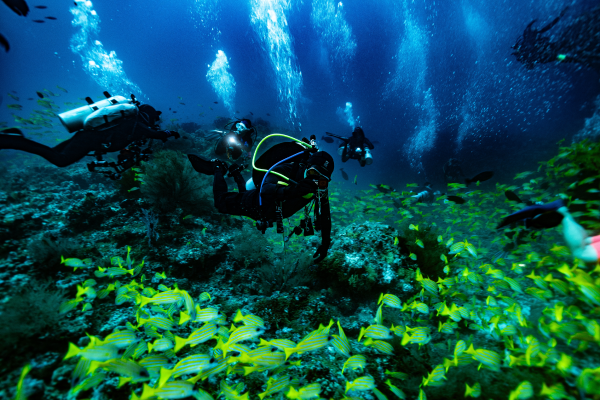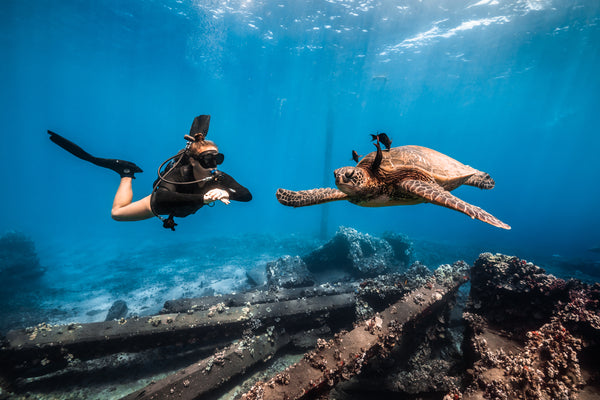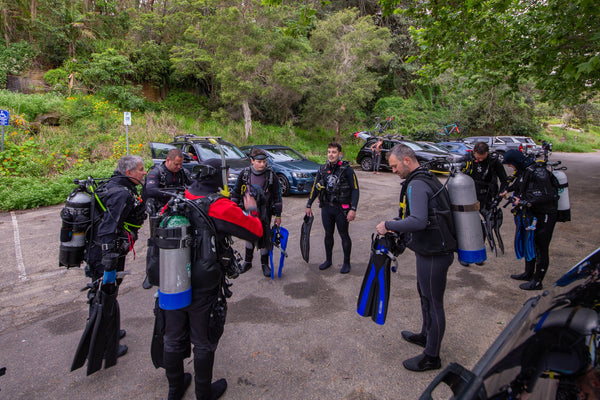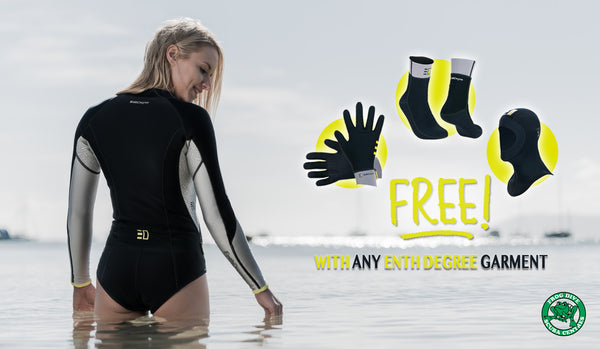Sydney Divers Are Buying Their Own Gear Earlier. Here’s What’s Driving the Shift

Local dive instructors are reporting a steady change across Sydney’s scuba community.
Rather than relying on rental equipment for years, more divers are buying their own masks, fins and wetsuits within the first months of their certification. The shift reflects how Sydney’s conditions, diving culture and attitudes toward safety are evolving.
Comfort in colder waters
Sydney’s diving environment is different from tropical destinations. The city’s temperate waters can drop to 14–18 °C, especially below the thermocline. In those conditions, fit and comfort matter more than anywhere else.
A wetsuit that’s too loose, or fins that chafe, can quickly shorten a dive. Rental stock often caters to “average” sizes, which may not suit every diver. Personal gear, fitted properly, makes a noticeable difference in both comfort and dive duration.
Instructors are noticing three main factors driving early purchases:
-
Comfort: Better fit and warmth encourage longer dives.
-
Familiarity: Knowing exactly how your equipment behaves in the water.
-
Confidence: A feeling of control that comes from using gear you maintain yourself.
“Fit is everything,” says one instructor from Sydney’s northern beaches. “Once new divers experience a mask or wetsuit that actually fits, they don’t want to go back to rentals.”
Safety and equipment trust
While comfort starts the trend, safety keeps it moving.
Many divers now prefer to dive with their own computers rather than rental units of uncertain history or calibration. A personal dive computer records consistent profiles and logs, helping divers manage nitrogen exposure across multiple dives and seasons.
Regular gear maintenance has become part of diver education. Using personal gear means divers can keep track of service schedules and battery replacements, reducing reliance on rental stock that might be nearing its service interval.
What divers are buying first
Masks, fins and exposure protection lead early sales.
These items depend on individual fit and are used on every dive, making them logical first purchases.
Many Sydney divers now look for scuba diving gear packages that combine the essentials at an entry-level price.
Typical Early Purchases Why They Come First
|
Mask & Snorkel |
Comfort, seal quality, field of view |
|
Fins |
Efficiency, foot pocket fit, shore vs. boat performance |
|
Wetsuit |
Thermal protection for local temperatures |
|
Boots, Gloves, Hood |
Shore entry comfort, warmth |
|
Mesh Bag |
Easier transport, personal organisation |
Later Purchases:
-
Buoyancy control device (BCD)
-
Regulator and alternate air source
-
Tank and weights
-
Underwater camera systems
Divers often delay buying these items until they dive more regularly and have a better sense of what setup suits their preferred style.
“Big-ticket gear like regulators comes with ongoing servicing,” says Frog Dive’s retail team. “It makes sense to hire for a while before deciding.”
How hire programs bridge the gap
Frog Dive’s hire service has adapted to this trend.
New divers can trial equipment before committing to a full setup, testing different BCDs or regulators under real-world conditions at sites like Bare Island or Clifton Gardens.
The hire model gives divers time to:
-
Compare brands and fits
-
Understand buoyancy characteristics
-
Learn how different regulators breathe in cooler water
-
Make confident purchases later
By combining trial and retail, the program removes pressure from the buying process while keeping divers engaged and active.
Why Sydney differs from tropical destinations
In tropical locations such as Cairns or the Philippines, divers can rely on lightweight rental gear for years. Warm water makes fit and insulation less critical, and many divers only dive on holidays.
Sydney’s divers are different:
-
They dive year-round, often from shore.
-
Conditions vary from clear summer water to low-visibility winter sites.
-
Thicker exposure suits and gloves are standard.
-
Frequent diving makes ownership more economical over time.
Where tropical divers might prioritise travel convenience, Sydney’s locals value consistency and familiarity.
Sustainability and community impact
Early ownership is also linked to sustainability.
Divers who buy their own equipment maintain it better and replace it less often, reducing waste. Regular servicing keeps gear safe and extends its lifespan.
Supporting local servicing and retail also keeps technical expertise within Sydney’s diving community.
As one technical diver from the eastern suburbs put it, “Once you’ve invested in your own setup, you’re more likely to keep diving — and that keeps the local scene strong.”
Where divers are buying
Frog Dive’s team reports that sales of scuba fins, wetsuits and starter packages have grown steadily, both in-store and through their scuba diving gear online shop.
Most customers still prefer to visit the store to check fit, but many use the online catalogue to research before buying.
The combination of local advice, servicing, and trial options makes brick-and-mortar dive shops more relevant than ever.
As more Sydney divers choose to buy early, programs like Frog Dive’s hire-to-buy system are helping them make practical, confident choices — and stay in the water longer.
